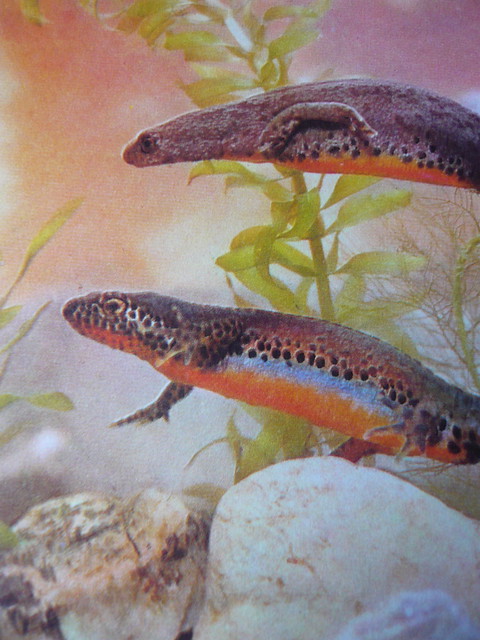First of all, you have to keep in mind that discus fish are considered to be one of the most beautiful types of fishes that people love to have in their aquarium. The aesthetic quality of discus fish is really eye-catching and once you are able to see one, you will surely want one as your own.
However, the problem with keeping discus fish is that they are quite difficult to take care of. You see, there are several factors that you have to keep in mind when you plan on taking care of discus fish as your pet.
Basically, taking care of discus fish is not that hard. Although first timers will find it difficult to care for discus fish, you will soon get the hang of it and start taking care of discus fish easily.
You have to remember that discus fish need very specific living conditions and diets. Many fish enthusiasts even say that beginners should not attempt to take care of this kind of fish as it will just frustrate them especially if they don’t know what they are doing.
Discus fish are very temperamental but if you do the necessary research and apply it in taking care of the discus fish in your aquarium, you will be able to have a discus fish that will thrive in your aquarium and also grow happy and healthy.
are very temperamental but if you do the necessary research and apply it in taking care of the discus fish in your aquarium, you will be able to have a discus fish that will thrive in your aquarium and also grow happy and healthy.
The secret to taking care of discus fish is the water. You need to keep in mind that unlike other fishes that needs no specific water condition to thrive, discus fish will need to live in special tanks with water that is specifically treated to the point that it mimics their natural environment.
By giving them the proper water condition they need to thrive, you can be sure that your discus fish will be able to live for a very long time and they will also be a lot healthier and more active.
The temperature of the water must be kept stable. In their natural home, discus fish usually thrives in water with temperatures between the range of 28 and 31 degrees Celsius. Any higher or lower than these temperatures will be enough to kill the fish or not let them survive for long. This is why you may want to invest in a water thermometer in order for you to constantly monitor the water so it won’t exceed or drop below the required temperature.
The acidity of the water should also be kept at a constant level. The water pH for discus fish to thrive in should be between 5.5 and 7. Any more acidic or alkaline than these numbers is a sure way to kill your discus fish.
Lastly, the water hardness should also be considered. Although discus fish are not that sensitive to water hardness, it will play an important role in keeping them healthy. The optimum hardness of water for discus fish to thrive in should be between 1dH and 8dH. This will be quite soft, which is perfect for discus fish to live in.
Remember these tips and you can be sure that you will be able to get your discus fish to thrive in your aquarium. This will not only keep your discus fish healthy, but it will also keep them happy and comfortable.







